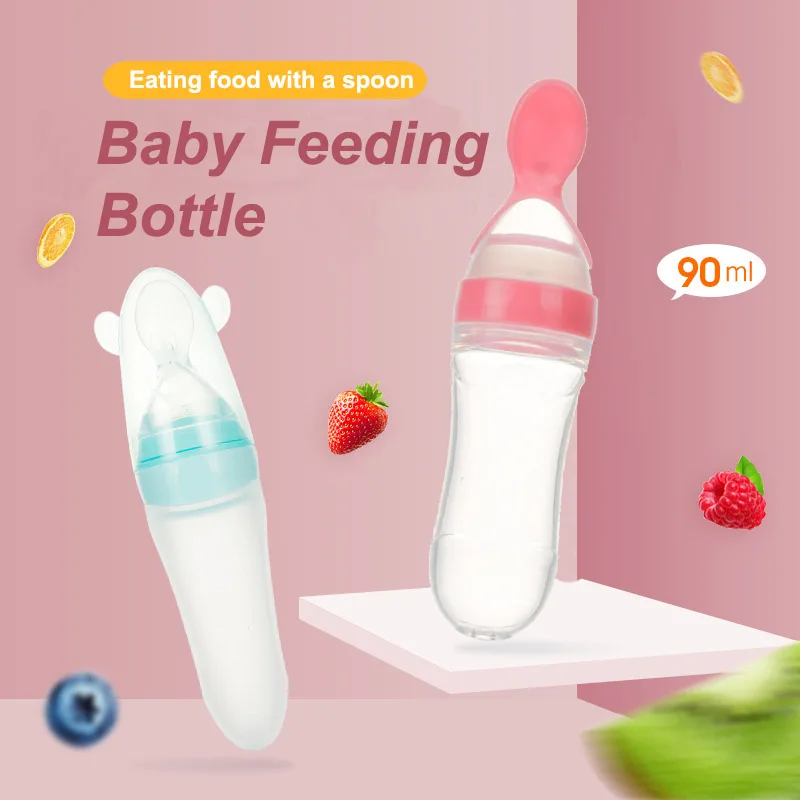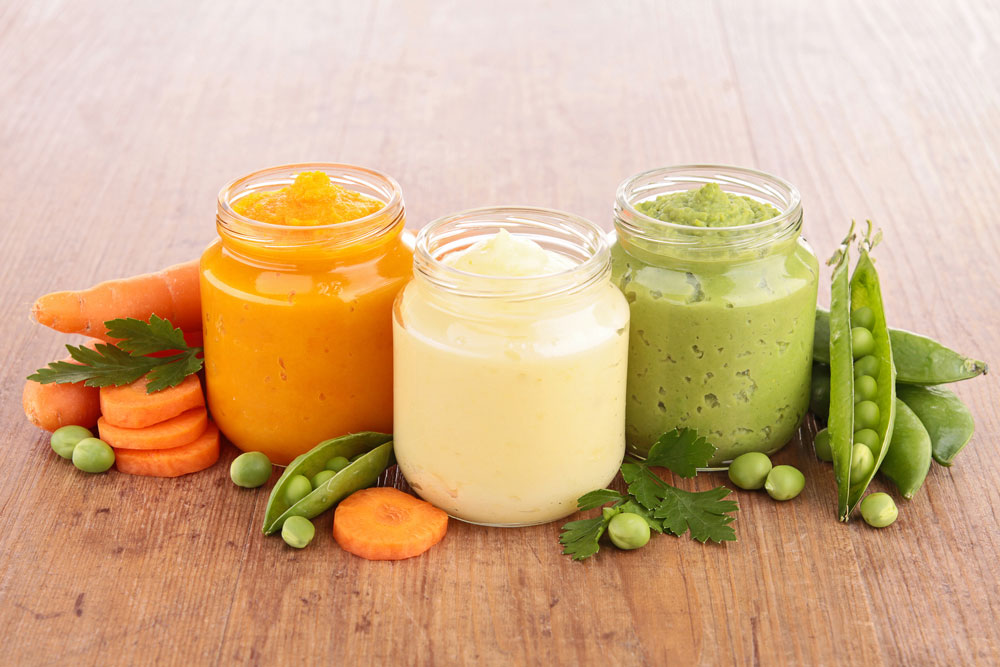Vegetarian baby food chart
Baby & Toddler Vegetarian Meal Plan
AndieM.Ed., RD, LDN, CLC, RYT-200
Can infants and toddlers safely follow a vegetarian or vegan diet?Some families choose to avoid all or some animal products, and with some planning, a vegetarian or vegan diet can meet your infant or toddler’s nutrition needs.
Read on for meal, snack, and recipe ideas that will help your little one get the nutrients needed for their growth and development.
What is a vegan and vegetarian?Vegan: Someone who avoids all animal products (meat, poultry, seafood, eggs, dairy)
Vegetarian: Someone who avoids meat and poultry, but may eat fish (pescatarian), eggs (ovo- vegetarian) and/or dairy (lacto-vegetarian).
Ensuring complete nutrition for your vegan or vegetarian childWhen cutting out animal products, there are certain nutrient requirements that are more difficult to meet. Falling short of these nutrients could interfere with optimal growth and development.
Nutrients that could be lacking in a vegetarian or vegan diet include:
Protein
Omega-3 fatty acids
Iron
Zinc
Calcium
Vitamin D
Vitamin B121,2
Offering a variety from each food group below will help your little one thrive on a vegetarian or vegan diet.
Be sure to provide the foods in the texture your child can handle for their age and stage of eating. And as always, avoid choking hazards.
Protein: Eggs, dairy, nuts, seeds, nut butters, beans, legumes, tofu, seitan, tempeh, quinoa, buckwheat, and amaranth.3
Omega-3 fatty acids: Fatty fish such as salmon and sardines, flax oil and ground flax seeds, chia seeds, walnuts/walnut butter, canola oil, soy, and algae.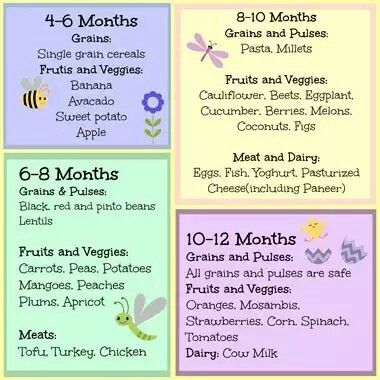 4
4
Iron: Lentils, kidney beans, black beans, dark leafy greens, raisins, tofu, and fortified grains.5
Including fruits or vegetables high in vitamin C can help plant-based iron (non-heme iron) to be absorbed better.6
Pair iron-containing foods with vitamin C-rich foods such as: Red bell pepper, orange, grapefruit, kiwifruit, broccoli, strawberries, cantaloupe, tomato.7
Calcium: Whole milk dairy products (milk [not for baby under 1 year], cheese, yogurt, cottage cheese), dark leafy greens, tofu, baked beans, almonds, sesame seeds, and figs. Fortified plant-based milk alternatives like coconutmilk, soymilk, and almondmilk can also provide calcium.8
Zinc: Fortified grains, fortified veggie burgers, kidney beans, black-eyed peas, almonds, tempeh, tofu, tahini, yogurt.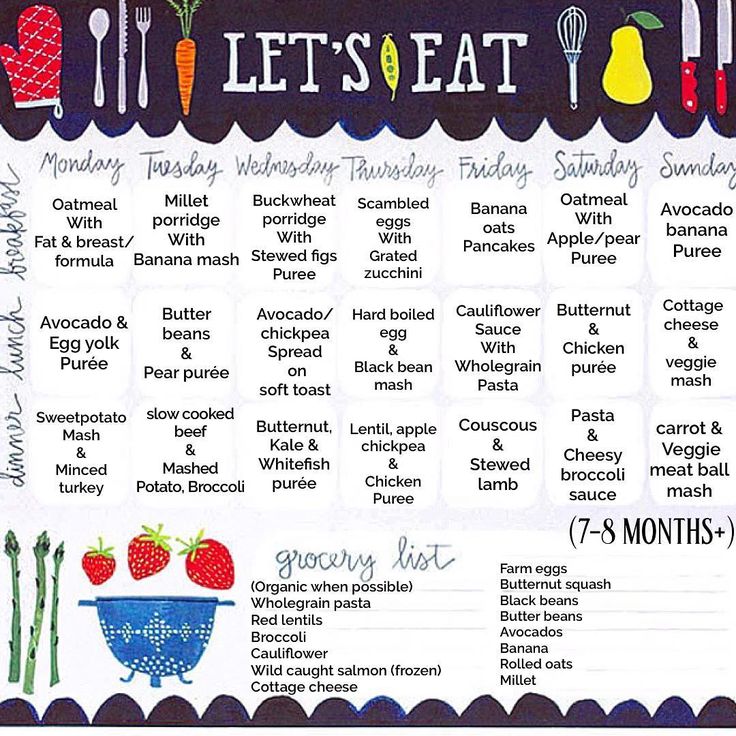 9
9
Vitamin D: Sunlight, salmon, egg yolk, and fortified dairy and dairy alternatives.10
Vitamin B12: Milk and other dairy products, salmon, eggs, Fortified brewer’s yeast (nutritional yeast), wheat grass juice, fortified meat alternatives/analogs, soy products (tempeh).11,12
Note that getting enough B12 is particularly important for vegan children and adult, as this vitamin is primarily found in animal foods and is very difficult to get through plants alone. Speak with your child’s pediatrician for more information.
Read more:
Why does Vitamin B12 Matter for Babies, Tots, and Mama?
Vegetarian Diet During Pregnancy, Breastfeeding, and for the Family
Vegan Diet During Pregnancy, Breastfeeding, and for the Family
Pro Tip:To help your little one get the nutrients they need, provide a variety of nutritious plant-based foods. Aim for all different colors of fruits and vegetables, an assortment of whole grains, healthy fats, beans, legumes, nuts, and seeds; as well as dairy, eggs, and seafood should you be including those in your family’s eating pattern.
Aim for all different colors of fruits and vegetables, an assortment of whole grains, healthy fats, beans, legumes, nuts, and seeds; as well as dairy, eggs, and seafood should you be including those in your family’s eating pattern.
Don't be concerned if your child doesn't like a certain food at first. It can take up to 10 or more tastes of a food before they begin to accept it. So be sure to continue offering disliked or new foods repeatedly!13
Read more: The Division of Responsibility: Helping Avoid Picky Eating
Meal Plan for Vegetarian or Vegan Infants and ToddlersChoosing meals and snacks from the options listed below will help you consume nutrients needed for optimal health while following a vegetarian or vegan diet.
Make sure to alter the below foods into textures appropriate for your baby’s age and stage of eating.
Some examples below are vegan while some are vegetarian. Choose the options right for your family.

Option 1: Oat Breakfast Bites
Option 2: Rolled oats (ground in blender/food processor for under 9 months) made with whole milk (if older than 12 months) or fortified plant-based milk, nut butter of your choice or ground flax seeds.
Option 3: Smoothie made with whole milk yogurt (or calcium and vitamin D -fortified plant-based milk alternative), ground flax seeds, berries and / or banana, baby spinach, nut butter, fortified Brewer’s Yeast (splash of water or milk if older than 12 months or plant based milk if needed for consistency)
Option 4: Silver Dollar Pancakes
Option 5: Amaranth cereal topped with ground chia seeds, sliced banana, and diced figs.
Option 1: Quinoa mixed with shredded nori (dried seaweed), sesame seeds and black beans.

Option 2: Hard-boiled egg, thinly sliced with sautéed thinly sliced bell peppers, whole grain toast or fortified cereal.
Option 3: Edamame + Yogurt Puree
Option 4: Shredded baked potato (without skin) topped with cottage cheese or shredded cheese, chopped herbs (parsley, chives)
Option 5: Southwest Black Bean Stew
Option 1: Quinoa pasta, spaghetti sauce with diced seitan, finely chopped and sautéed kale (or finely grated zucchini added to the spaghetti sauce)
Option 2: Lasagna roll-ups: (cooked lasagna noodles wrapped with thin layer of the following: tomato sauce, whole milk ricotta cheese, and cooked chopped spinach. Top with shredded mozzarella cheese. Broil in oven until cheese is melted, ~3 minutes. Cut the roll ups into a size your child’s chewing ability can handle.

Option 3: Thai Noodles with Broccoli and Tofu
Option 4: Baked tofu, baked sweet potato (without skin), thinly sliced roasted or steamed cauliflower.
Option 5: Acorn or spaghetti squash stuffed and baked with black beans, quinoa, ground walnuts, chopped figs, chopped spinach and chopped tomatoes.
Option 1: Tropical tofu smoothie: ½ cup diced frozen mango, ½ frozen or fresh banana, 1 cup pineapple juice, ¾ cup silken tofu, ¼ cup ground flax seeds.
Option 2: Carrot, Sweet Potato and Chickpea Baby Puree or Toddler Dip
Option 3: Cucumber, plain whole fat yogurt, and finely chopped fresh mint: Shred cucumber with grater and add yogurt with mint. Refrigerate and allow flavors to meld about 30 minutes. Can be eaten with a spoon or used as a dip.
Option 4: Avocado Green Smoothie
Option 5: Baby’s guacamole served with size appropriate whole grain crackers: 1 large ripe avocado, ½ cup peeled and seeded cucumber, and ¼ tsp ground cumin.
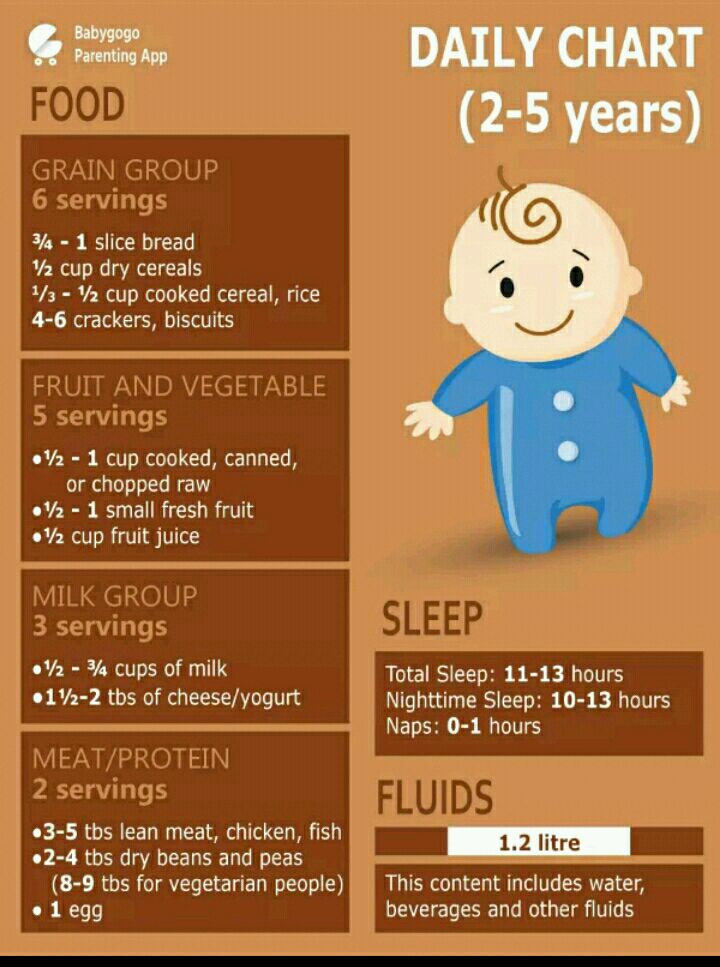 Pit avocado, scoop out avocado and add to food processor with cucumber and cumin.
Pit avocado, scoop out avocado and add to food processor with cucumber and cumin.
We know parenting often means sleepless nights, stressful days, and countless questions and confusion, and we want to support you in your feeding journey and beyond.
Our Happy Baby Experts are a team of lactation consultants and registered dietitian nutritionists certified in infant and maternal nutrition – and they’re all moms, too, which means they’ve been there and seen that. They’re here to help on our free, live chat platform Monday - Friday 8am-6pm (ET) Chat Now!
Read more about the experts that help write our content!
For more on this topic, check out the following articles and recipes:Vegan Meal Plan for Breastfeeding or Pregnant Women
Introducing Solids: Purees vs. Baby Led Weaning
Preventing Choking in Infants and Toddlers
Our meal plans offer recipe and meal suggestions for your child. They are not designed to replace your doctor’s recommendations, nor do they take into account special nutritional needs, including allergies and intolerances. The meal plans suggest serving sizes that may or may not be appropriate for your child. Please consult your doctor to determine what is best for your child.
They are not designed to replace your doctor’s recommendations, nor do they take into account special nutritional needs, including allergies and intolerances. The meal plans suggest serving sizes that may or may not be appropriate for your child. Please consult your doctor to determine what is best for your child.
Sources
Sample Meal Plans for Feeding Your Vegetarian Baby
Need some meal ideas for your vegetarian baby? Use these sample vegetarian meal plans for babies 6-9 months old and 9-12 months old to help you feed your baby.
Can vegetarian eating meet my baby’s nutrition needs?
Vegetarian eating that includes breastmilk or infant formula, plant-based foods, milk products and eggs, can meet your baby’s nutrition needs for growth and development. If you choose vegan eating for your baby that excludes all animal products, speak with a dietitian to make sure your baby gets all the nutrients she needs.
How much should my vegetarian baby eat?
Every baby is different. The amount that your baby eats can change from day to day. Your baby may also eat more or less than other babies. Use the sample meals below as general guidelines only. Trust your baby to let you know when she is hungry or full.
The amount that your baby eats can change from day to day. Your baby may also eat more or less than other babies. Use the sample meals below as general guidelines only. Trust your baby to let you know when she is hungry or full.
Sample Vegetarian Meals for Baby: 6-9 months old
|
Meal Times |
6-9 months |
|
Early morning |
Breastmilk or infant formula Vitamin D drops if breastfed |
|
Breakfast |
Breastmilk or infant formula Iron fortified infant cereal mixed with breastmilk, formula or water Mashed fruit like banana or pears mixed with full fat plain yogurt |
|
Snack |
Breastmilk or infant formula |
|
Lunch |
Breastmilk or infant formula Iron fortified infant cereal mixed with breastmilk, formula or water Mashed vegetables like sweet potato, squash or carrots Pieces of silken (soft) tofu or well-cooked chopped egg |
|
Snack |
Breastmilk or infant formula |
|
Dinner |
Breastmilk or infant formula Iron fortified infant cereal mixed with breastmilk, formula or water Cooked vegetables like mashed carrots, pieces of soft cooked green beans or broccoli Canned or cooked legumes like beans, lentils or peas Fruit like unsweetened applesauce, mashed banana or pureed melon mixed with full fat plain yogurt |
|
Bedtime snack |
Breastmilk or infant formula |
Key points when starting to feed your vegetarian baby
-
Start by offering food 2-3 times a day and work towards 3-5 times a day.

- Start with a small amount such as 1 tsp. If your baby shows you that she wants more food, give her more. Click here for more information about feeding cues.
- Start with iron-rich foods like cooked legumes (beans, peas, lentils), cooked tofu, well-cooked chopped eggs and iron fortified infant cereals. Serve iron-rich foods with foods rich in vitamin C like mango, kiwi, melons, sweet potato, tomato and broccoli. Then introduce vegetables, fruit and other cereals and grains, full fat cheese and yogurt.
- Wait to try meat substitutes such as veggie “meats” until your baby has tried the individual ingredients in these products. Limit veggie “meats” and other packaged and processed foods. They are often high in sodium.
- Start with soft foods that have been pureed, mashed, minced or ground.
- Lumpy foods and finger foods can also be given at six months.
Sample Vegetarian Meals for Baby: 9-12 months old
|
Mealtimes |
Sample Meals |
|
Early morning |
Breastmilk, infant formula or 3. |
|
Breakfast |
Iron fortified infant cereal mixed with breastmilk, formula, 3.25% homogenized whole cow’s milk or water Full fat plain cow or soy yogurt, grated cow or soy cheese or unsalted cottage cheese Pieces of firm tofu or well-cooked chopped egg Soft fruit like chopped banana, avocado, peach, seedless watermelon, cantaloupe, papaya, plum or kiwi Water in a regular cup Breastmilk, formula or 3.25% homogenized whole cow’s milk |
|
Morning Snack |
Strips of whole-grain toast or roti Grated apple or chopped strawberries Breastmilk, formula or 3.25% homogenized whole cow’s milk |
|
Lunch |
Infant cereal mixed with breastmilk, formula, 3. |
|
Afternoon Snack |
Almond or sesame butter (tahini) thinly spread on pieces of unsalted whole grain crackers or toast Breastmilk, formula or 3.25% homogenized whole cow’s milk |
|
Dinner |
Iron fortified infant cereal mixed with breastmilk, formula, 3.25% homogenized whole cow’s milk or water Canned or cooked legumes like chickpeas, kidney beans or black beans Cut up vegetables like soft-cooked green beans, okra, peeled eggplant, broccoli, sweet potato, pumpkin or carrots Soft fruit like chopped banana, ripe pears, ripe peach, apricot or mango Breastmilk, formula or 3. |
|
Bedtime Snack |
Small pieces of whole grain toast, bread or unsweetened dry O-shaped cereal Breastmilk, formula or 3.25% homogenized whole cow’s milk |
Key points when feeding your baby from 9-12 months old
- Offer your baby 3 meals and 1-2 snacks as needed.
- By 12 months most babies can eat most foods (diced and soft) that are prepared for family meals. Your baby can enjoy the same herbs, spices and flavours of family meals.
- Once your baby is eating a variety of iron-rich foods every day, you can offer 3.25% homogenized whole milk in a regular cup. Continue to breastfeed on demand.
-
Soy, rice, almond, hemp, coconut and other non-dairy beverages are not recommended for children under 2 years of age because they are too low in protein and fat.

You may also be interested in:
What you need to know to raise a healthy vegetarian child
Introducing solid food to your baby
Iron Needs of Babies and Children, Canadian Pediatric Society
Feeding your baby from six months to one year, Nutrition Resource Centre
Last Update – July 25, 2018
Vegetarian menu for the week, recipes, shopping list
There are probably no people who have not heard of vegetarianism. To a person who has never tried this style of eating, it may seem that it is tasteless, insipid, or that such food cannot be eaten. To prove that healthy and proper food can be varied, tasty and satisfying, we have prepared vegetarian menu for the week .
No matter how we feel about a meat-free life, scientific research shows that limit animal protein is good for human health.
People come to vegetarianism for various reasons. I became a vegetarian of my own free will to improve my health. Others switch to vegetarianism for ethical or religious reasons.
Others switch to vegetarianism for ethical or religious reasons.
Over time, I learned to harmoniously combine my eating habits with the preferences of those around me . At work, employees are already used to the fact that I do not eat meat, and at lunchtime there are many interesting discussions about proper nutrition. I am the only vegetarian in my family, so I cook meat dishes separately. If I eat porridge with salad, then I add cutlets to the rest of the family.
Thanks to the chosen style of nutrition, my health has improved, the amount of energy has increased, and I am always in a good mood :)
It is important to note that there are several types of vegetarianism:
- veganism - only vegetable food, sometimes even honey is not used;
- lacto-vegetarian - plant-based diet plus various dairy products;
- lacto-ovo-vegetarian - plant foods, eggs, dairy products are consumed.
The weekly vegetarian menu we offer belongs to the most democratic type - lacto-ovo vegetarianism. Try this menu and it is possible that vegetarianism will not be scary at all, but tasty, pleasant and healthy!
Try this menu and it is possible that vegetarianism will not be scary at all, but tasty, pleasant and healthy!
:)
Menu for Monday
Breakfast: Oatmeal
Lunch: Carrot puree soup with crispy chickpeas, Arugula and radish salad,
Snack: Fruit cocktail with kefir and cottage cheese
Dinner: Stewed potatoes with olives and lemon, fresh cabbage salad with apple
Menu for Tuesday
Breakfast : Oatmeal
Lunch : Pea soup with tomato paste; Carrot and apple salad
Snack : Cheesecakes with condensed milk
Dinner : Stewed potatoes with olives and lemon; Cabbage salad with cucumber
Wednesday menu
Breakfast : Barley porridge with banana
Lunch : Pea soup with tomato paste; Fresh cabbage salad with garlic dressing
Snack : Syrniki with condensed milk
Dinner : Buckwheat porridge with egg; Zucchini and tomato gratin
Thursday menu
Breakfast : Barley porridge with banana
Lunch : Oyster mushroom soup, Cucumber and mint salad.
Snack : Broccoli and Cauliflower Casserole
Dinner : Buckwheat porridge with egg, courgette and tomato gratin
Friday menu
Breakfast : Oatmeal porridge with caramel apples
Lunch : Mushroom soup with oyster mushrooms, Salad salad
Afternoon snack : Broccoli and cauliflower casserole
Cereal pilaf fresh beets with walnuts
Menu for Saturday
Breakfast : Oatmeal porridge with caramel apples
Lunch : Mexican salad with vegetables and avocado. Dark borscht with mushrooms and prunes
Snack : Charlotte with apples
Dinner : Pearl barley pilaf with mushrooms, Fresh beetroot salad with walnuts
Sunday menu
Breakfast : Millet porridge with pumpkin
Lunch : Carrot and garlic salad recipe Dark borscht with mushrooms and prunes
Afternoon snack : Charlotte with apples
Dinner : Casserole with beans and mashed potatoes Fresh cabbage salad with apple
Shopping list
for the vegetarian menu for the week
Vegetables, fruits, herbs
Arugula - 1 large bunch
Cherry tomatoes (can be replaced with regular ones) -600 grams
Tomatoes - 1 kg.
Radishes - 10 pcs.
Lemon – 3 pcs.
White cabbage - 1.5 kg
Red cabbage - 200 gr. (replaceable with white cabbage)
Cauliflower - 800 g (you can use frozen)
Broccoli - 800 g (you can use frozen)
Dried mushrooms -50 gr.
Oyster mushrooms - 2 kg
Frozen mushrooms - 600 gr. (replaceable with regular ones)
Beets - 1.5 kg
Potatoes - 3.4 kg
Carrots - 20 pcs.
Onion - 10 pcs.
Green onion - 1 pc.
Red onion - 2 pcs.
Leek - 2 pcs.
Apple - 10 pcs.
Cucumbers - 8 pcs.
Garlic - 5 heads
Sweet pepper - 3 pcs. (2 pcs red and 1 pcs yellow)
Frozen pumpkin - 80 gr.
Banana - 2 pcs.
Celery stalk - 5 pcs.
Avocado - 2 pcs.
Cilantro - 1 bunch
Parsley - 3 bunches
Dill - 2 bunches
Mint - 1 sprig
Lettuce - 400 gr.
Courgettes or zucchini - 7 pcs.
Chili pepper - 1 pc.
Nuts, seeds, dried fruits
Pine nuts - 2 tbsp. spoons
Prunes - 100 gr.
Walnuts -200 gr.
Dairy and eggs
Milk - 2 l
Butter - 300 gr.
Cottage cheese - 1.5 kg
Hard cheese - 350 gr.
Cream 10% - 1 l
Sour cream - 3 tbsp. l.
Kefir or yogurt -1 l.
Eggs - 10 pcs.
Grocery, etc.
Oat flakes - 700 gr.
Sugar -500 gr.
Brown sugar - 120 gr.
Vanilla sugar - 1 sachet
Honey - 1 tbsp.
Vegetable oil -600 ml (sunflower)
Olive oil - 400 ml
Flour -350 gr.
Baking powder - 1 sachet
Boiled condensed milk - 4 tbsp.
Soy sauce - 3 tbsp.
Buckwheat - 2 cups
Vinegar 9% - 7 tbsp.
Peas (dry) -400 gr.
Mayonnaise - 2 tbsp.
Pearl barley - 400 gr.
Millet - 1 cup
Barley groats - 2 cups
Lentils - 70 gr.
Dry beans - 170 gr.
Chickpeas - 120 gr.
Canned corn - 1 can
Canned beans - 1 can
Tomatoes in their own juice - 1 can (420 gr)
Olives - 2 cans
Canned or fresh apricots - 6 pcs.
Tomato puree - 8 tbsp. l.
Spices and seasonings
Ground cinnamon - 1 sachet
Coriander - 1 sachet
Thyme - 2 tsp.
Ground paprika - 0.25 tsp
Bay leaf - 2 pcs.
Cumin (cumin) or cumin - 3 tsp.
Turmeric - 0.25 tsp
Oregano - 1 tsp
Allspice - 5 pcs.
Hot pepper - to taste
Black pepper - bag (or freshly ground)
Salt - to taste
- Vegetarian menu for a week consists of products of plant origin, mainly cereals, vegetables, fruits, nuts. Dairy products and eggs may be added. The meat of animals, poultry, fish is completely excluded.
- No matter how you decide to eat with or without meat, nutrition should always be complete and balanced. The main question that arises with this style of nutrition is the replenishment of the amount of protein needed by the body.
- Sources of protein are dairy products, eggs, legumes (soybeans, beans, peas), nuts, spinach, kohlrabi, cauliflower and must be present in the daily diet.

- Try to have a salad of fresh vegetables and fruits on your menu every day. Salad is a healthy, tasty and low-calorie food, both independent and additional to any second course for better digestion and assimilation. Let there always be dried fruits, nuts, fresh fruits on the table. This tasty and healthy food is also liked by my household.
Do you like these recipes?
Author: Dasha Chernenko
Vegetarianism and children: how to feed a vegetarian child
Vegetarian lifestyle is very popular today. Some parents wonder if following a vegetarian diet will hurt their child, whether he will get all the necessary vitamins and minerals. Many nutritionists believe that a well-designed vegetarian diet can provide the human body with all the nutrients it needs.
Content
- Vegetarianism
- How to choose a vegetarian
- Infects-Vegetarians
- babies from 1 year old
- Children from 3 years and older than
- Healthy Life
- Read also:
 If the child is not given dairy products and eggs, then he will not receive the necessary amino acids and the right amount of protein. And then, you should always take into account that the needs of the child's body change with age, which means that the diet should also change.
If the child is not given dairy products and eggs, then he will not receive the necessary amino acids and the right amount of protein. And then, you should always take into account that the needs of the child's body change with age, which means that the diet should also change. Types of vegetarianism
Before becoming a vegetarian, you need to decide what kind of diet you want to follow.
- Ovo-vegetarian - no meat, no eggs.
- Lacto-ovo vegetarian - no meat, no milk and eggs.
- Lacto-vegetarian – meat and eggs are prohibited, milk and other dairy products are allowed.
- Vegan - no animal products are allowed.
In addition, there are mild versions of vegetarianism, when a person does not eat meat, but eats poultry and fish. This option is one of the best for kids.
How to choose vegetarianism
Ovo-vegetarians eat not only vegetables and fruits, but also eggs.
There are various reasons for following a vegetarian lifestyle.
 Young children become vegetarians because their parents are vegetarians, or because customs do not allow them to eat meat, or for some other reason.
Young children become vegetarians because their parents are vegetarians, or because customs do not allow them to eat meat, or for some other reason. In most cases, there is no need to panic if your child wants to become a vegetarian. Talk to him, understand what it means to him and why you need it. And at the end of the conversation, offer to make lists of foods that you can and cannot eat now.
Your family doctor or nutritionist can help you create a sample menu that meets all your body's needs and is complete in terms of calories and nutrients.
A balanced menu not only fully provides the body with proteins, fats, carbohydrates and vitamins, but also brings certain benefits. For example, if a child leans on vegetables and fruits, then he receives the necessary amount of fiber, which stimulates the gastrointestinal tract, helps to remove excess fats from the body, perfectly saturates. Thus, the prevention of obesity and cardiovascular diseases in the future is carried out.
 The only drawback in this case is the need to take vitamin complexes in order to accurately receive all the necessary minerals and vitamins.
The only drawback in this case is the need to take vitamin complexes in order to accurately receive all the necessary minerals and vitamins. Here are some essential (vital) nutrients and foods that contain them:
- Vitamin B12: dairy products, eggs and fortified foods (cereals, bread, soy drinks, formulas).
- Vitamin D: Milk, juices with added vitamin D.
- Calcium: Dairy products, green leafy vegetables (eg Brussels sprouts), broccoli, beans, cereals and other foods with added calcium.
- Protein: dairy products, eggs, tofu, soy products, nuts.
- Iron: eggs, beans, whole grains, green leafy vegetables, iron-fortified cereals.
- Zinc: nuts, pumpkin seeds, cereals fortified with zinc.
Depending on which vegetarian option your child chooses, they may not be getting certain nutrients, so parents will need to monitor their diet.
In fact, the fewer dietary restrictions, the less likely the child will be deficient in certain substances and/or vitamins.
 Sometimes vegetarian products (cereals, juices) enriched with vitamin complexes will help solve the problem of shortage.
Sometimes vegetarian products (cereals, juices) enriched with vitamin complexes will help solve the problem of shortage. Vegetarian infants
Babies from birth to one year of age are mainly fed with breast milk or formula milk. If the mother herself is a vegetarian and intends to make her child a vegetarian in the future, then she needs to carefully ensure that the baby gets enough vitamin B12 and D. The pediatrician will help you choose the right milk formula enriched with these vitamins, and the vitamin complex that will need to be given to the child daily.
As complementary foods, babies should also receive cereals enriched with vitamins and iron, fruit and vegetable purees.
Solid meals (pieces) should be complementary foods high in protein: tofu, soft cheese, yogurt, legumes (beans, lentils).
Toddlers from 1 to 3 years old
Children of this age often show character at food, refusing one thing and demanding another, or eat little at all.
 As soon as the baby is weaned or stopped formula feeding, there is a risk of calcium, protein and vitamin deficiencies. For babies, a strict vegetarian diet is fraught with a delay in physical and mental development, since the growing body does not receive the vitamins B, D, iron, calcium and zinc that it needs so much.
As soon as the baby is weaned or stopped formula feeding, there is a risk of calcium, protein and vitamin deficiencies. For babies, a strict vegetarian diet is fraught with a delay in physical and mental development, since the growing body does not receive the vitamins B, D, iron, calcium and zinc that it needs so much. That's why it's so important to choose your children's menu carefully. You need to buy food already enriched with vitamin-mineral complexes, and do not forget to give the vitamins recommended by the doctor. Now the pharmaceutical market offers a wide selection of vitamins that can be taken by babies from a year old.
Children of this age are very picky about food and may prefer just a few foods. In this case, the risk of deficiency of essential nutrients becomes catastrophic, and it is not possible to cope with it by increasing portions. For example, a one-year-old child is simply not able to eat a kilogram of cabbage and apples a day.
During this difficult phase of food cravings, parents need to be careful to ensure their baby is getting enough calories each day.
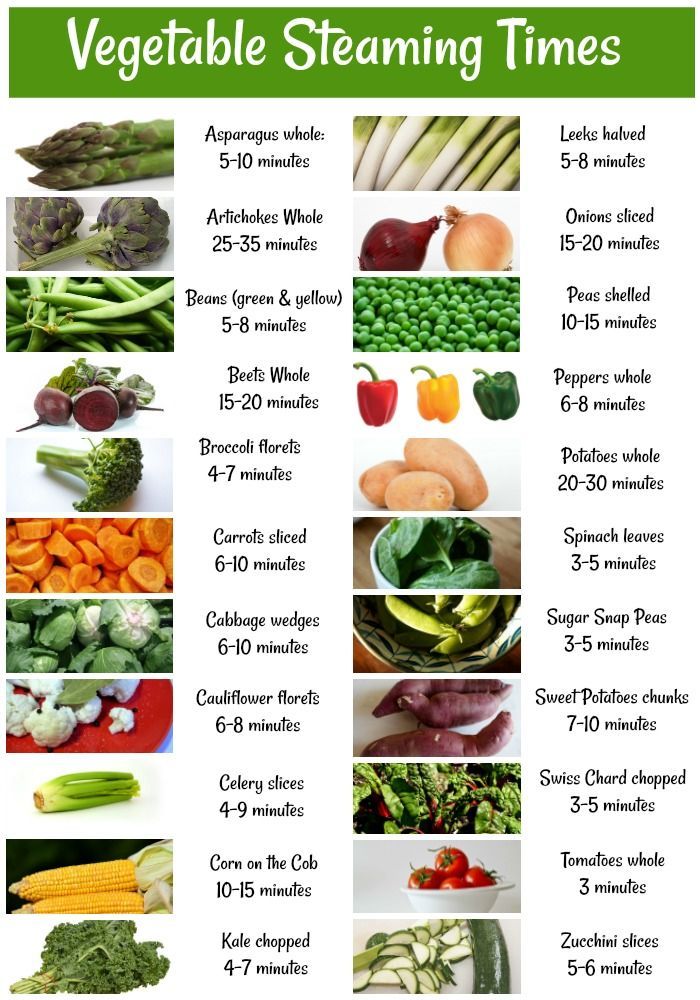
Children 3 years and older
A meat-free diet isn't always bad. Its plus is that the child absolutely voluntarily eats vegetables and fruits.Older children often try to express their independence and position in life by choosing certain foods and refusing others. For example, such a decision could be a categorical rejection of meat. This is very common among vegetarian teenagers. They do it with friends, for medical reasons or for animal rights.
In fact, when done right, a meat-free diet isn't all that bad, and it even has some benefits. For example, vegetarian children always eat a lot of vegetables and fruits, while it is quite difficult to feed their non-vegetarian peers with, say, vegetable stew.
A vegetarian diet without a ban on eggs and dairy products is an excellent choice for a child, because these products contain a large amount of essential amino acids, vitamins (B12, D), zinc, iron and calcium. If for some reason you are still not sure that your child is getting enough of these substances, consult a pediatrician and buy a vitamin complex that he will advise you.


 25% homogenized whole cow’s milk Vitamin D drops
25% homogenized whole cow’s milk Vitamin D drops 25% homogenized whole cow’s milk or water Canned or cooked lentils, textured vegetable protein (TVP) or veggie “ground beef” Cooked whole wheat pasta, rice or chopped pieces of Matzo ball Chopped soft-cooked asparagus, minced collard greens or turnip greens Breastmilk, formula or 3.25% homogenized whole cow’s milk
25% homogenized whole cow’s milk or water Canned or cooked lentils, textured vegetable protein (TVP) or veggie “ground beef” Cooked whole wheat pasta, rice or chopped pieces of Matzo ball Chopped soft-cooked asparagus, minced collard greens or turnip greens Breastmilk, formula or 3.25% homogenized whole cow’s milk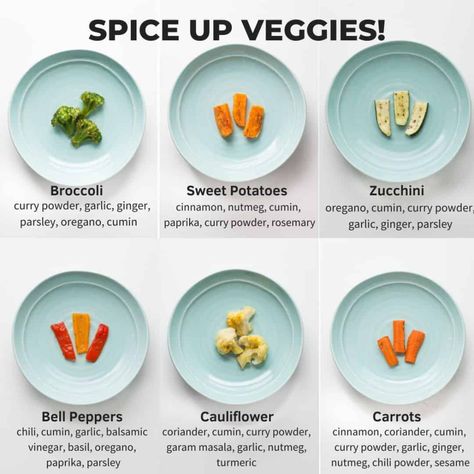 25% homogenized whole cow’s milk
25% homogenized whole cow’s milk



